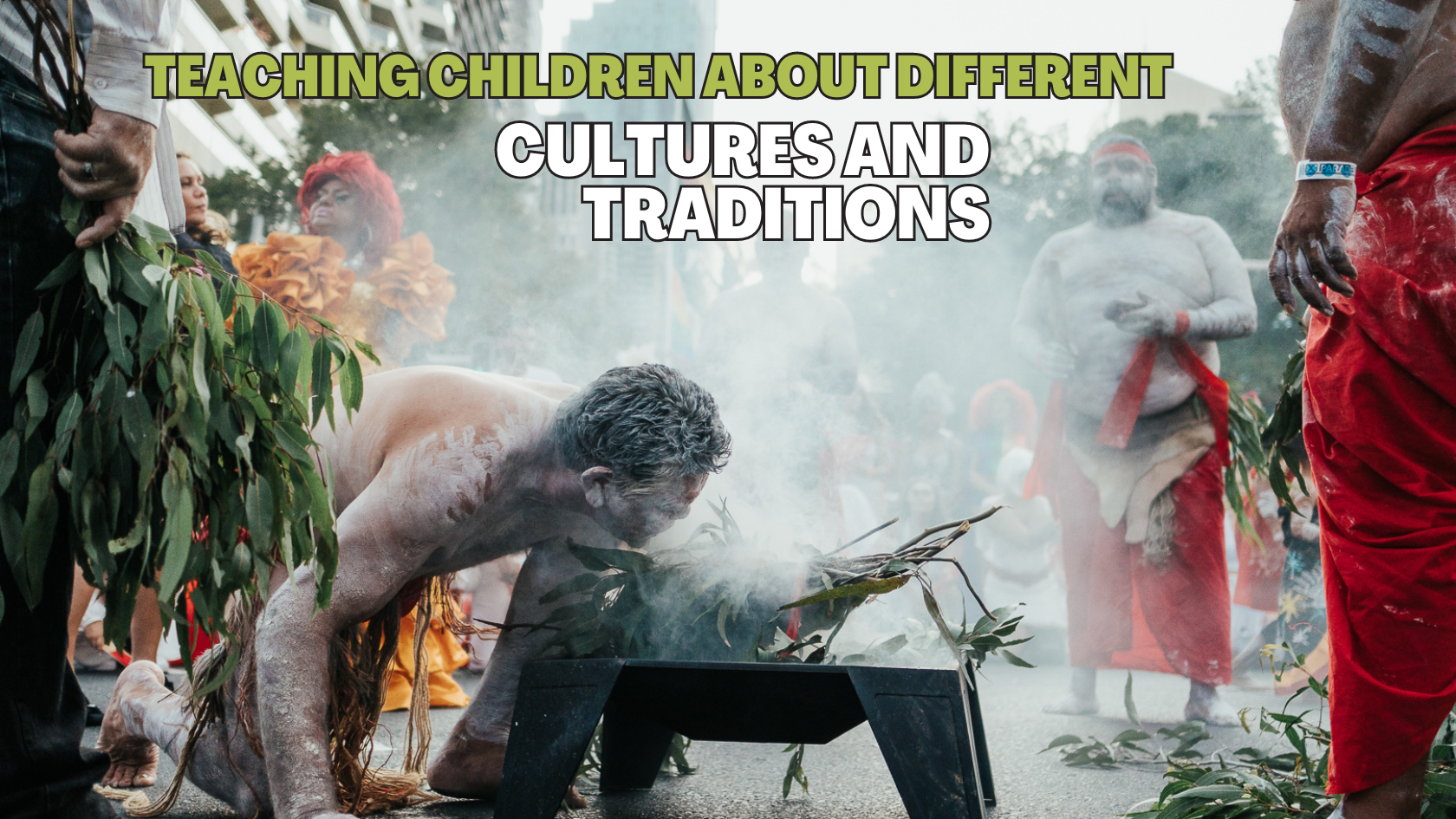Published by: Digital Schools
Teaching children about different cultures and traditions is essential for fostering cultural awareness, tolerance, and promoting diversity. It helps them develop an understanding and respect for people from various backgrounds, ultimately leading to a more inclusive and harmonious society. Here are some ways to approach this important educational task:
- Start early in a child’s education.
- Use diverse books and stories.
- Introduce multicultural toys and materials.
- Discuss cultural celebrations and holidays.
- Cook and share meals from different cultures.
- Visit museums, cultural centers, and attend events.
- Engage in art and crafts inspired by various cultures.
- Explore basic words and phrases in different languages.
- Connect with pen pals from around the world.
- Address stereotypes and prejudices openly.
- Promote values like respect and empathy.
- Share stories of diverse role models.
- Plan field trips to cultural places.
- Teach about the history and geography of different regions.
- Encourage questions about different cultures.
- Use educational media and technology.
- Be a role model for cultural sensitivity and curiosity.
Remember that the goal is not just to teach facts but to instill values of respect, empathy, and an appreciation for the richness of human diversity. By fostering these values, you can help children become more open-minded, inclusive, and culturally aware individuals.


